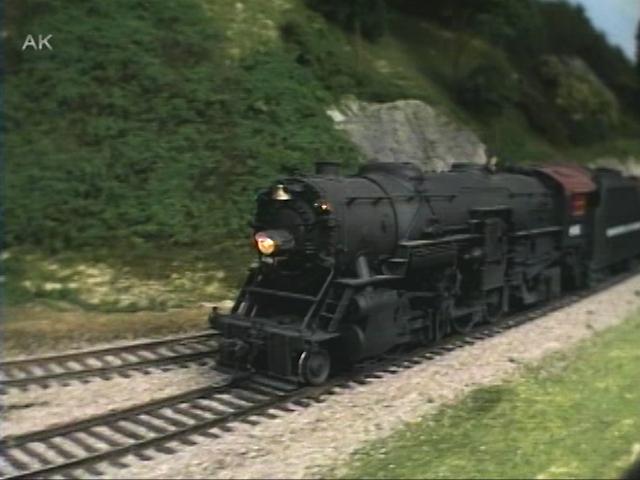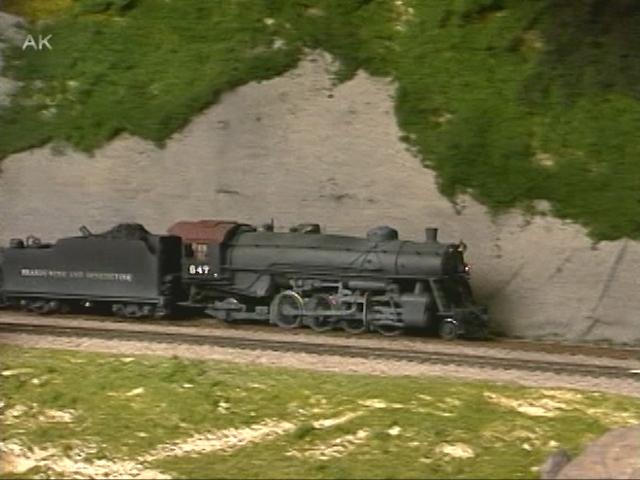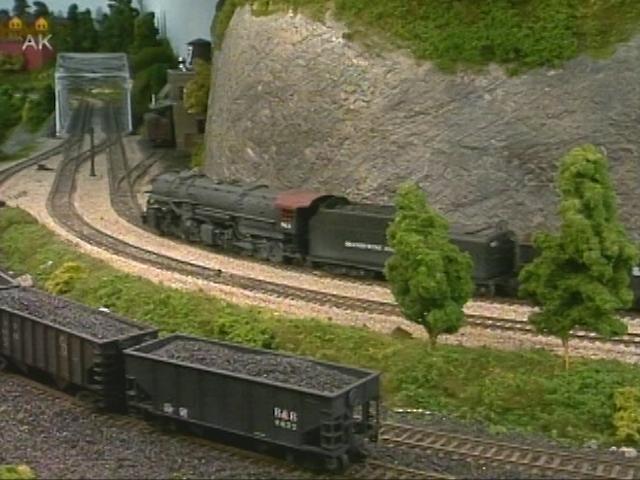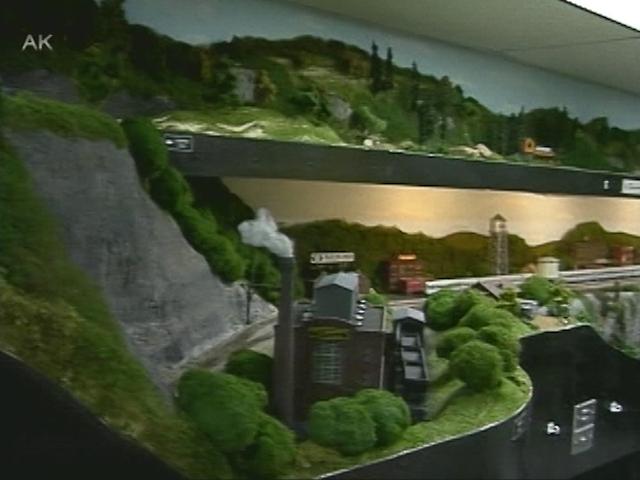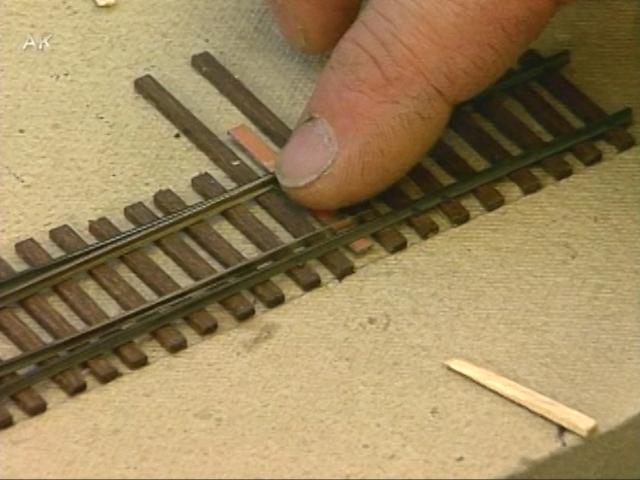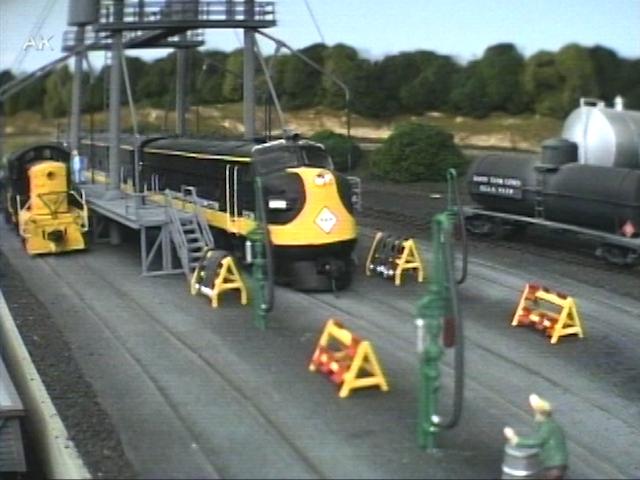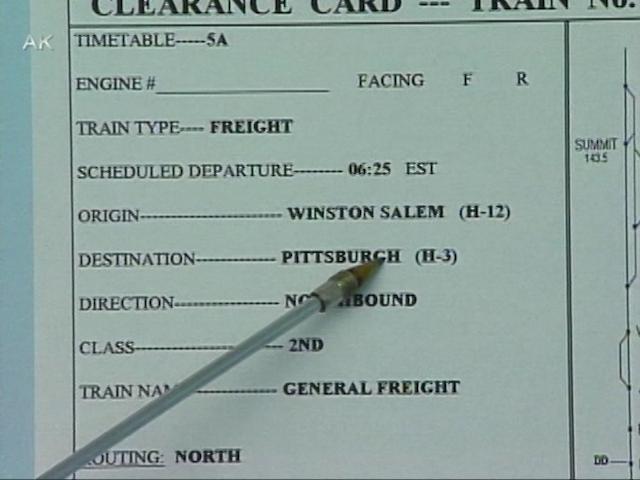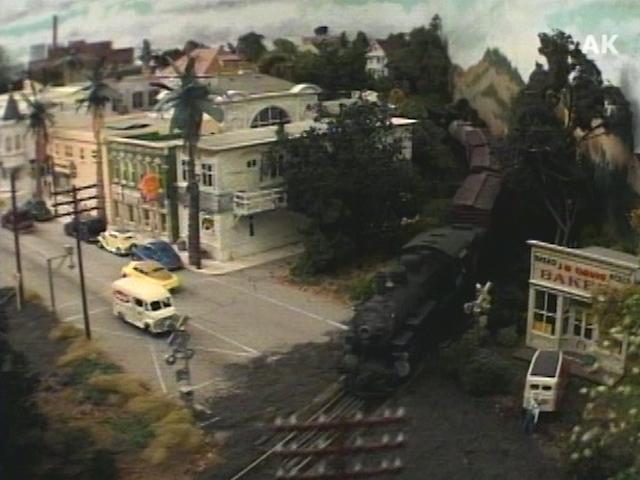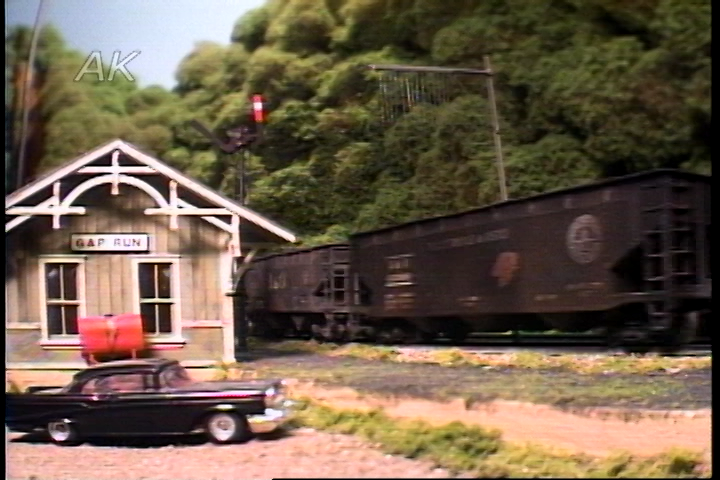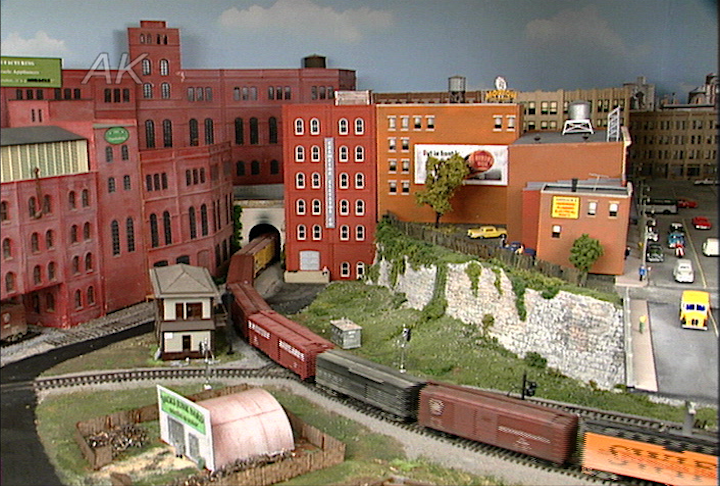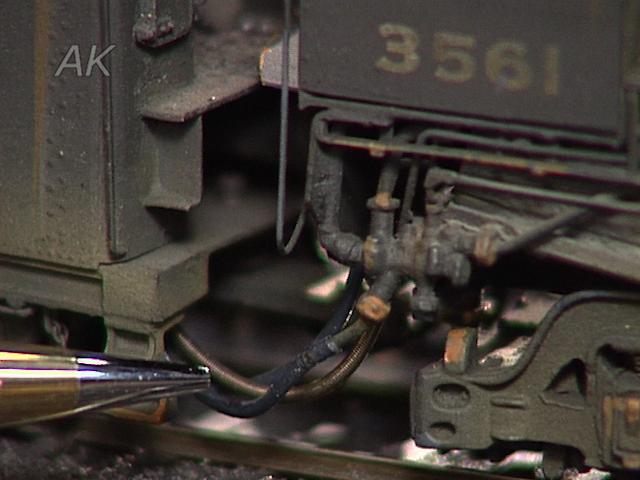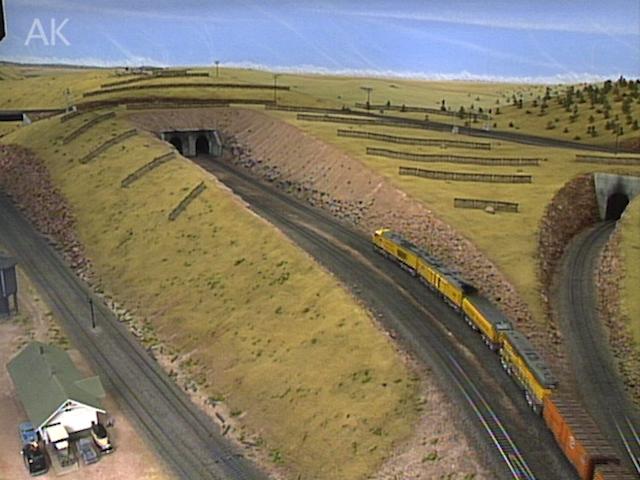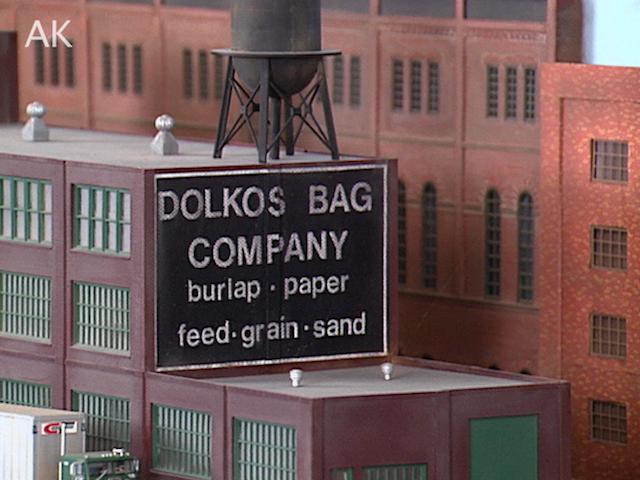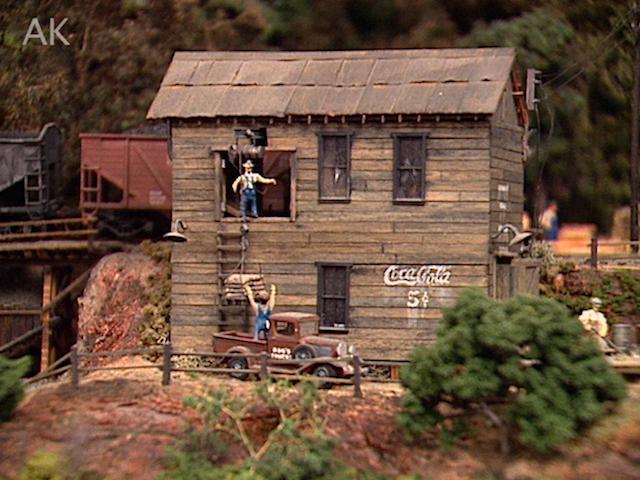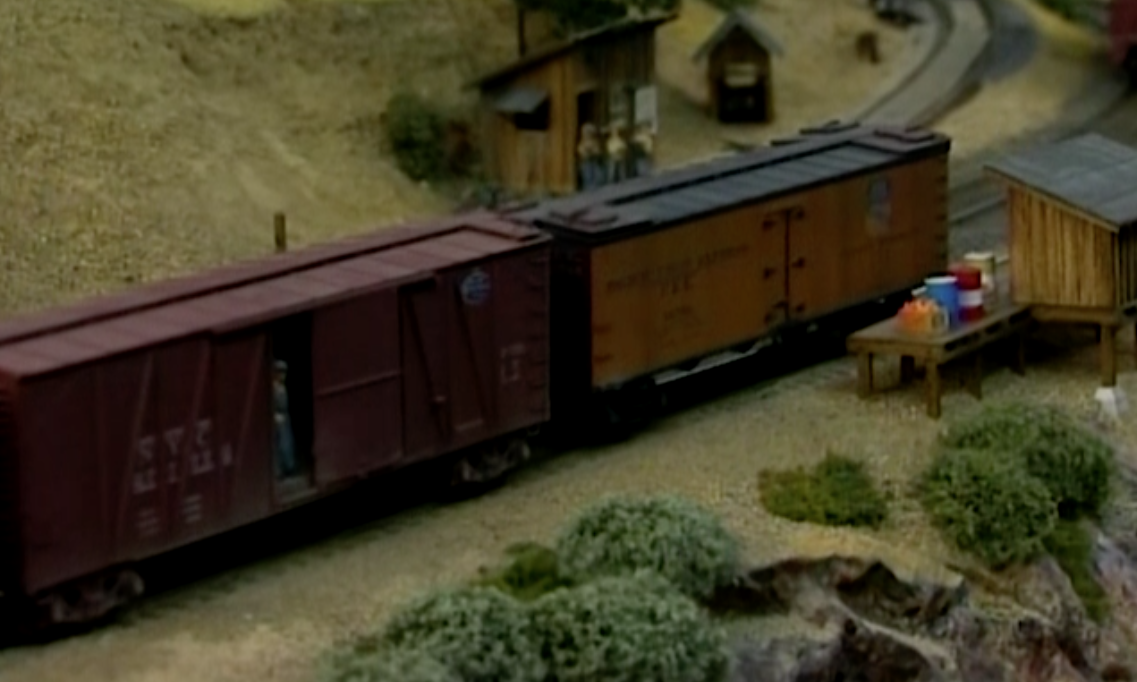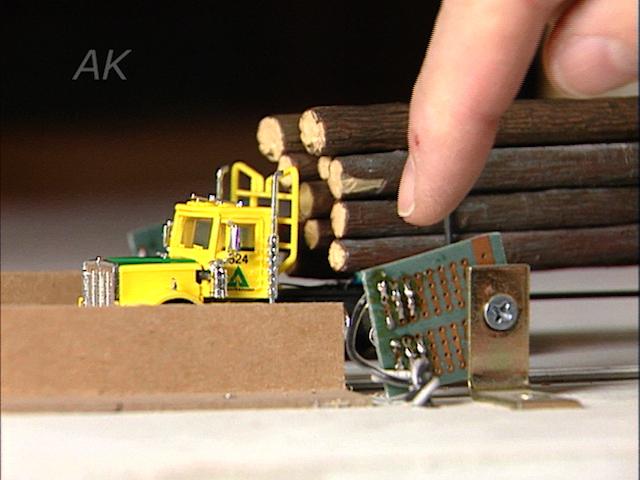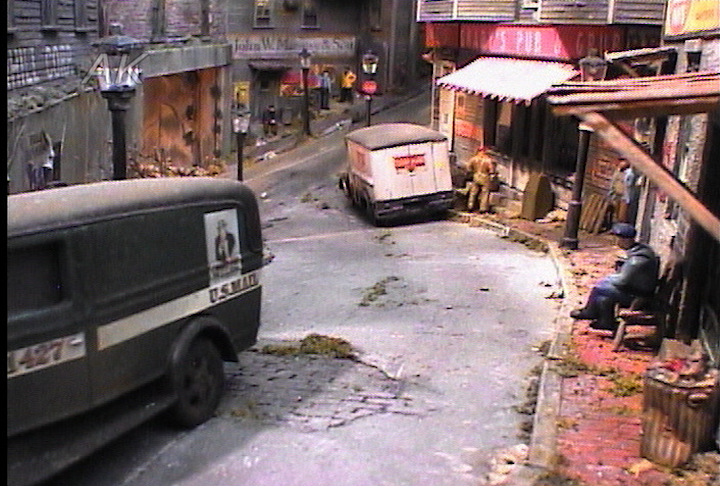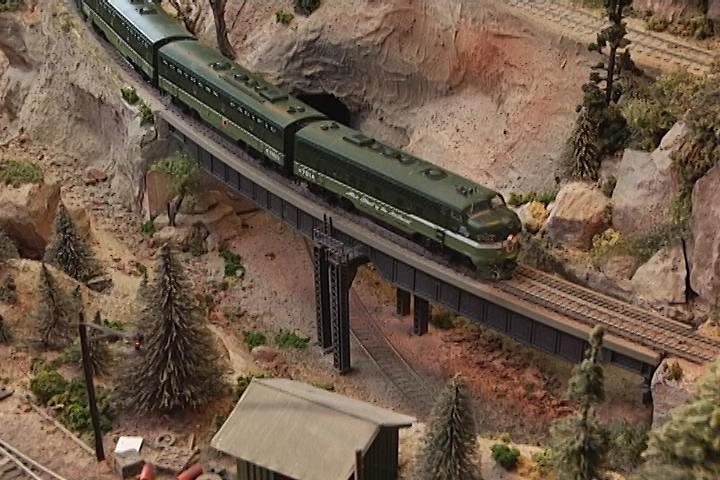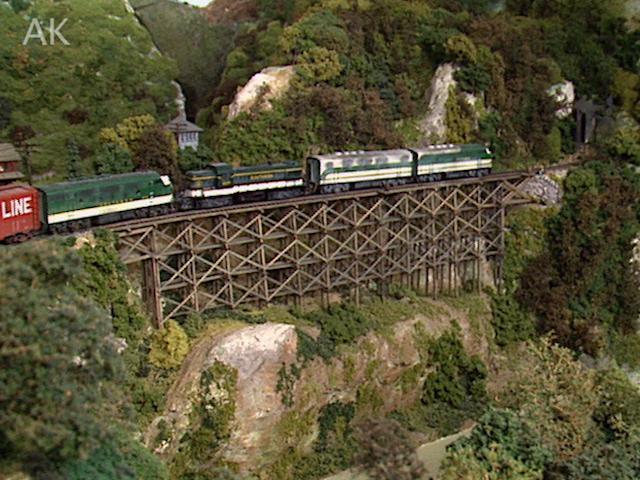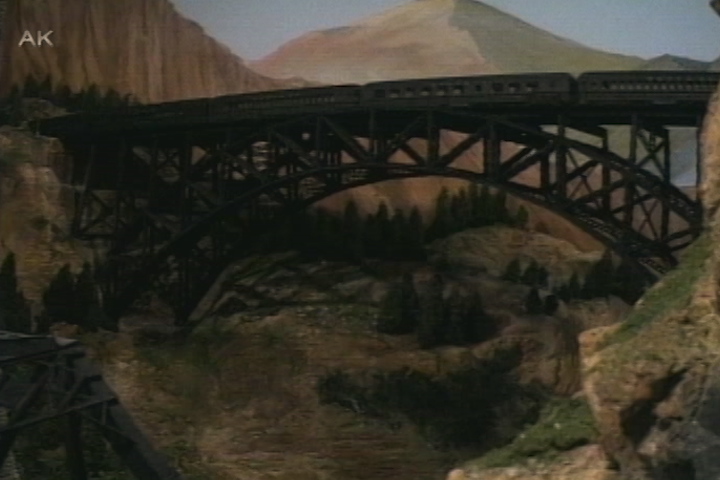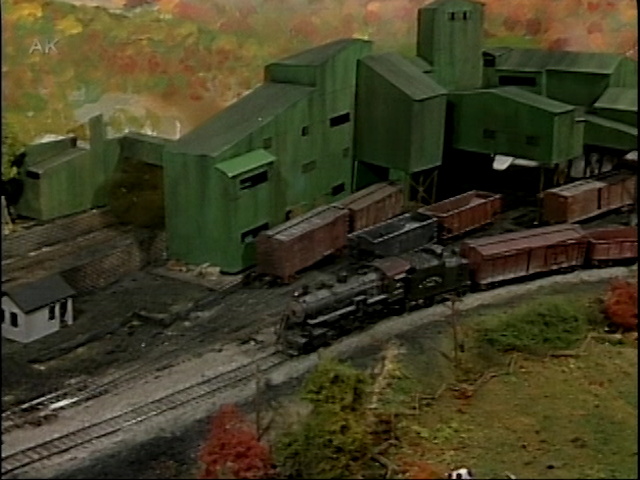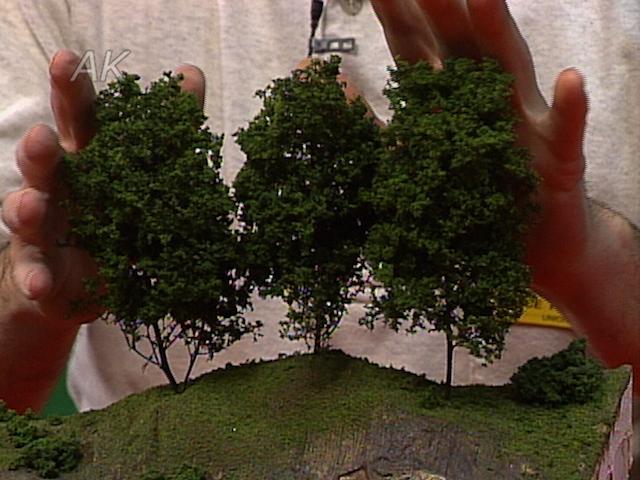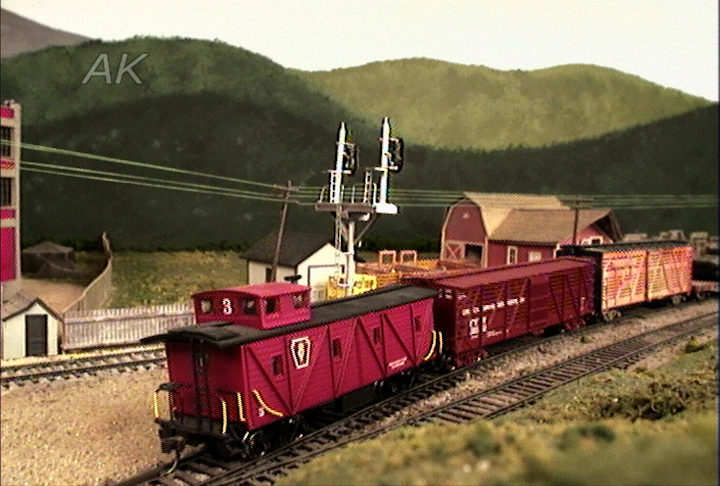
Planning & Design on the B&B
Norm StenzelProblems that arose when Norm Stenzel was modeling his double decker Brandywine and Benedictine model railroad were in the planning stages. He wanted to make sure that there weren’t conflicting areas such as operators being in the same place at the same time. Major switches should not happen on the top and bottom level at the same time so people are able to maneuver it.
The upper level is attached directly to the wall with ¾ inch plywood cut into a cantilever rib that is screwed into the studs of the wall. It is very strong, a person could even walk on it. Norm kept the upper level narrow with no more than 14 inches of depth. He wanted to try to have trains go through a scene only once, which is easier to accomplish on an upper level. That way there is an illusion of distance and it is also a good place to feature the wilderness of the layout.
Another problem is that the runs need to be long enough to generate the elevation to get onto the upper level. This generation must be accomplished while maintaining the integrity of the scenery, so the entire lower level of the layout is slowly going uphill. Norm has one double track helix to get back down again. The grade in the helix is 1.5% and it has 6.5 loops. Norm wanted to make sure a train could climb up unassisted without a helper.
The trick to making a helix is careful planning. He started at the bottom laying benchwork and track as he went up. Because there is only 3 inches of clearance to maintain the grade, all the work must be done while it’s accessible as a hand will not easily fit in. Norm goes on to discuss the command control used on his layout. For more tips on planning realistic layouts or videos on layout planning visit the Model Railroad Academy website.
Explore videos by Norm Stenzel
You may be interested in
Premium Membership
Unlock exclusive member content from our industry experts.
- 24/7 Access to Premium Model Railroading Videos, Projects, and Tips
- Step-by-Step Instructional Guides & Layout Plans
- 50% Off Video Downloads Purchased in the Model Railroad Academy Shop
- Access to Ask the Expert Program
Unlock exclusive member content from our industry experts.
- 24/7 Access to Premium Model Railroading Videos, Projects, and Tips
- Step-by-Step Instructional Guides & Layout Plans
- 3 Full-Length Video Downloads to Watch Offline
- 50% Off Video Downloads Purchased in the Model Railroad Academy Shop
- Access to Ask the Expert Program
Gold Membership
$326 Value
Get everything included in Premium plus exclusive Gold Membership benefits.
- 24/7 Access to Premium Model Railroading Videos, Projects, and Tips
- Step-by-Step Instructional Guides & Layout Plans
- 9 Full-Length Video Downloads to Watch Offline
- 2 Full-Length Classes to Keep for Life
- 2 Downloadable Guides
- Discounts on Purchase-to-Own Content in the Model Railroad Academy Shop
- Access to Ask the Expert Program
- Exclusive GOLD LIVE Streaming Events
